PTFE (Polytetrafluoroethylene) rod automatic hydraulic ram extrusion is a specialized manufacturing process used to produce PTFE rods. This process involves the use of a hydraulic ram to extrude the PTFE material into a rod form, ensuring consistency and precision in the production of high-quality PTFE products.
Step 1: Material Preparation
- PTFE Resin: The extrusion process begins with fine PTFE resin powder, which is mixed with a lubricant or binder to ensure smooth flow during extrusion.
- Preheating: The PTFE powder is preheated to a specific temperature to soften it, making it easier to process through the extrusion machine.
Step 2: Extrusion Setup
- Hydraulic Ram Operation: In the extrusion machine, a hydraulic ram applies pressure to push the PTFE material through a die. The ram ensures a constant, uniform flow of material, which is crucial for producing PTFE rods with consistent diameter and length.
- Die Design: The die, which has the shape of the rod, is carefully designed to produce the required dimensions. The PTFE material is forced through the die, taking on the rod’s shape as it moves forward.
Step 3: Cooling and Solidifying
- Cooling: After the material exits the die, it is quickly cooled, typically through a water bath or air cooling system, to solidify the PTFE rod.
- Removal of Binders: If binders or lubricants were used, they are carefully removed during the cooling phase to ensure that only pure PTFE remains.
Step 4: Cutting and Finishing
- Cutting to Length: Once the PTFE rods are formed and cooled, they are cut to the desired length.
- Surface Finishing: Finally, the rods may undergo finishing processes such as polishing to achieve the required surface texture.
Conclusion
The PTFE rod automatic hydraulic ram extrusion process is an efficient method for producing high-quality PTFE rods. By using a hydraulic ram, this process ensures precise, uniform rod production, essential for applications requiring high-performance materials with excellent chemical resistance and thermal stability.
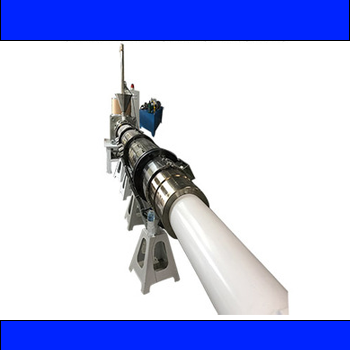
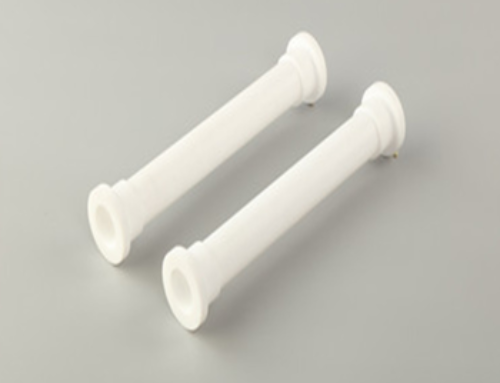
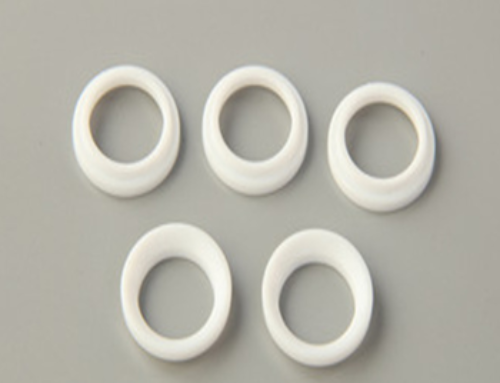
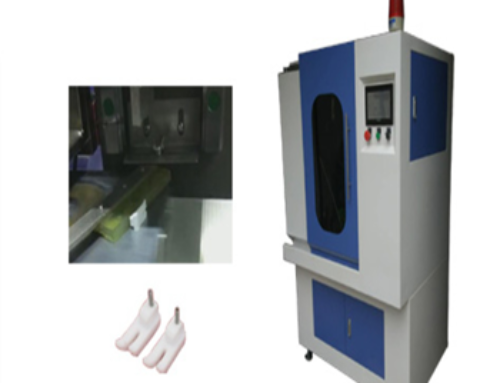
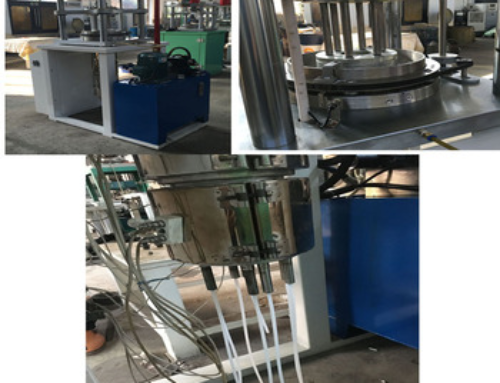
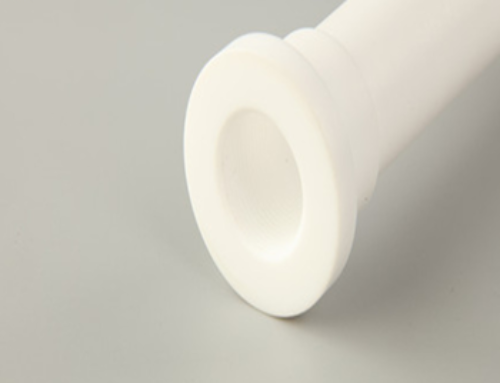

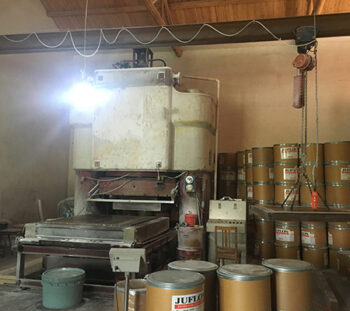
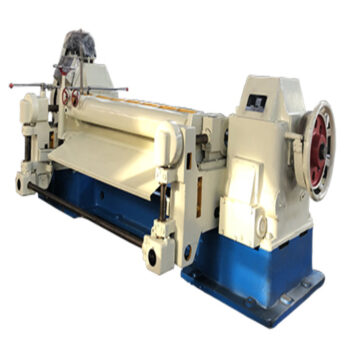
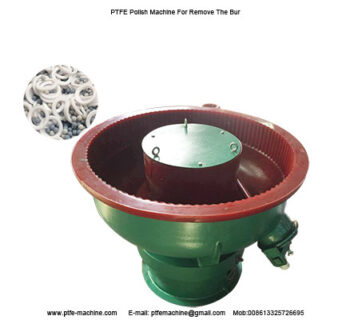
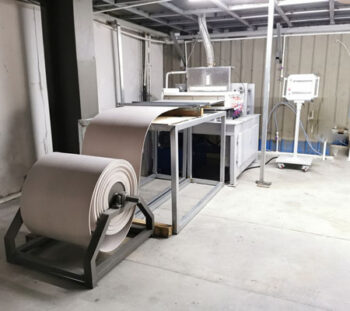
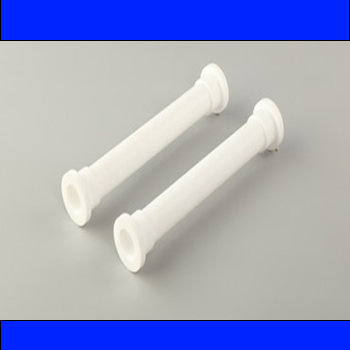

Leave A Comment
You must be logged in to post a comment.